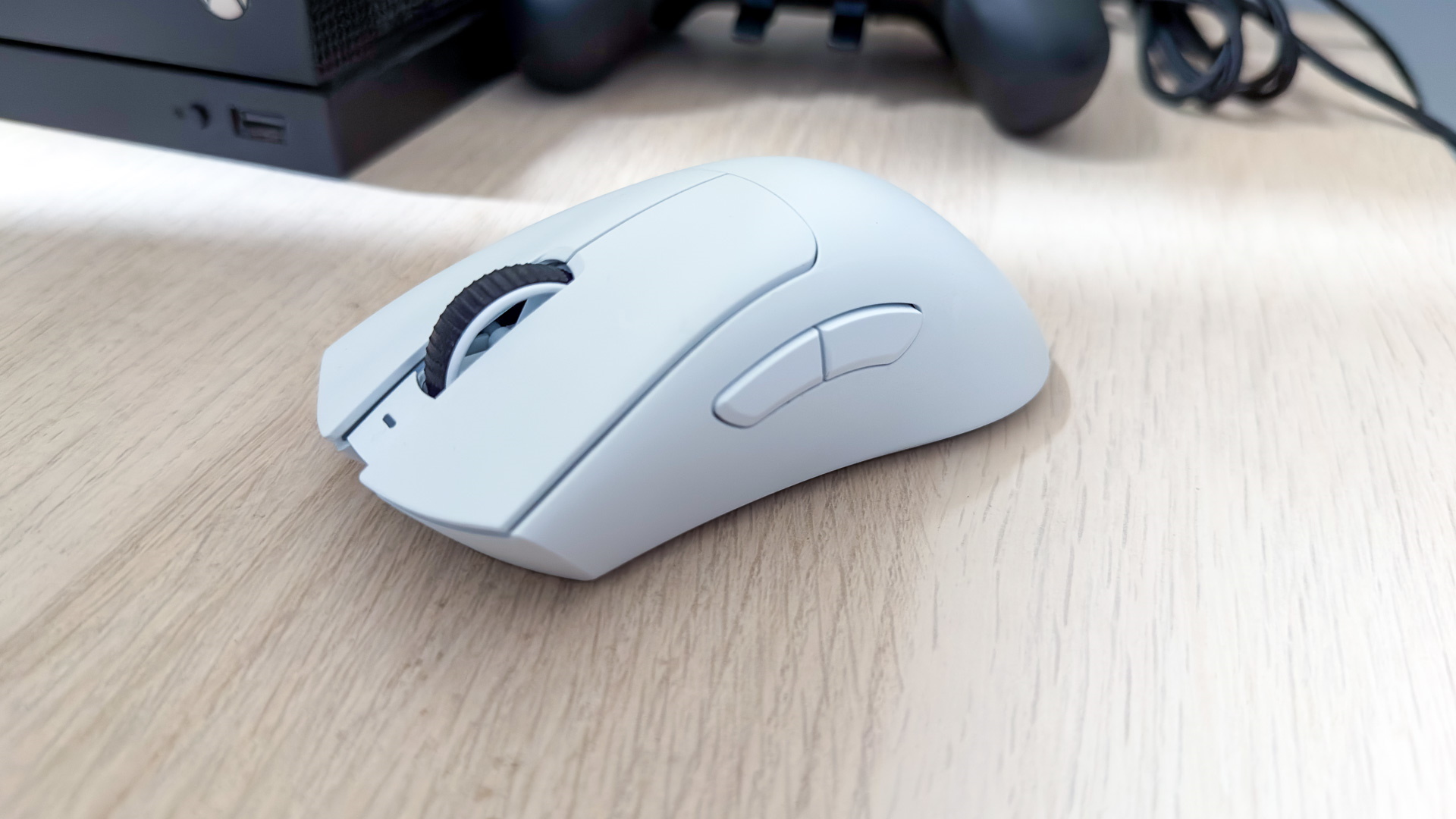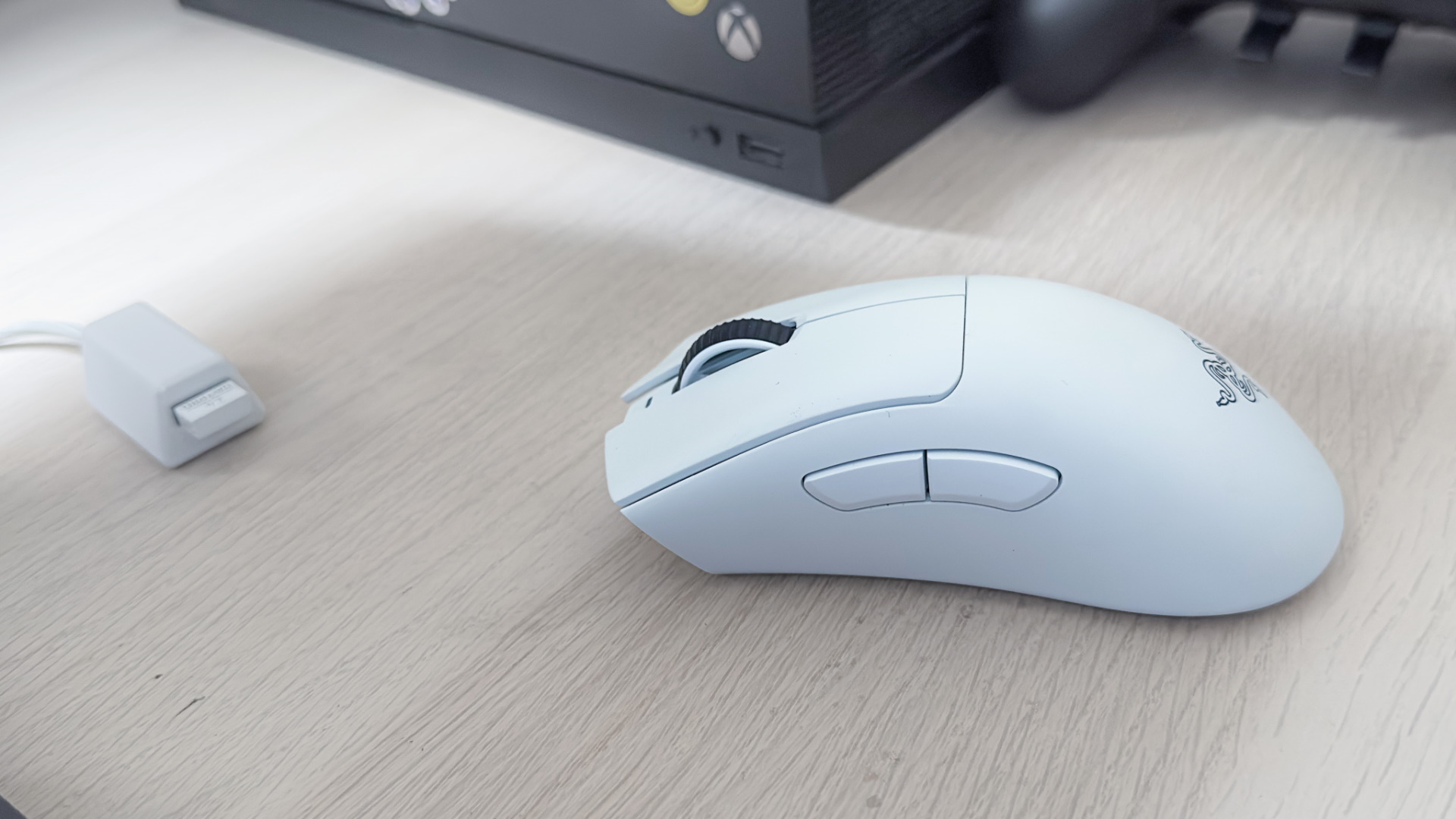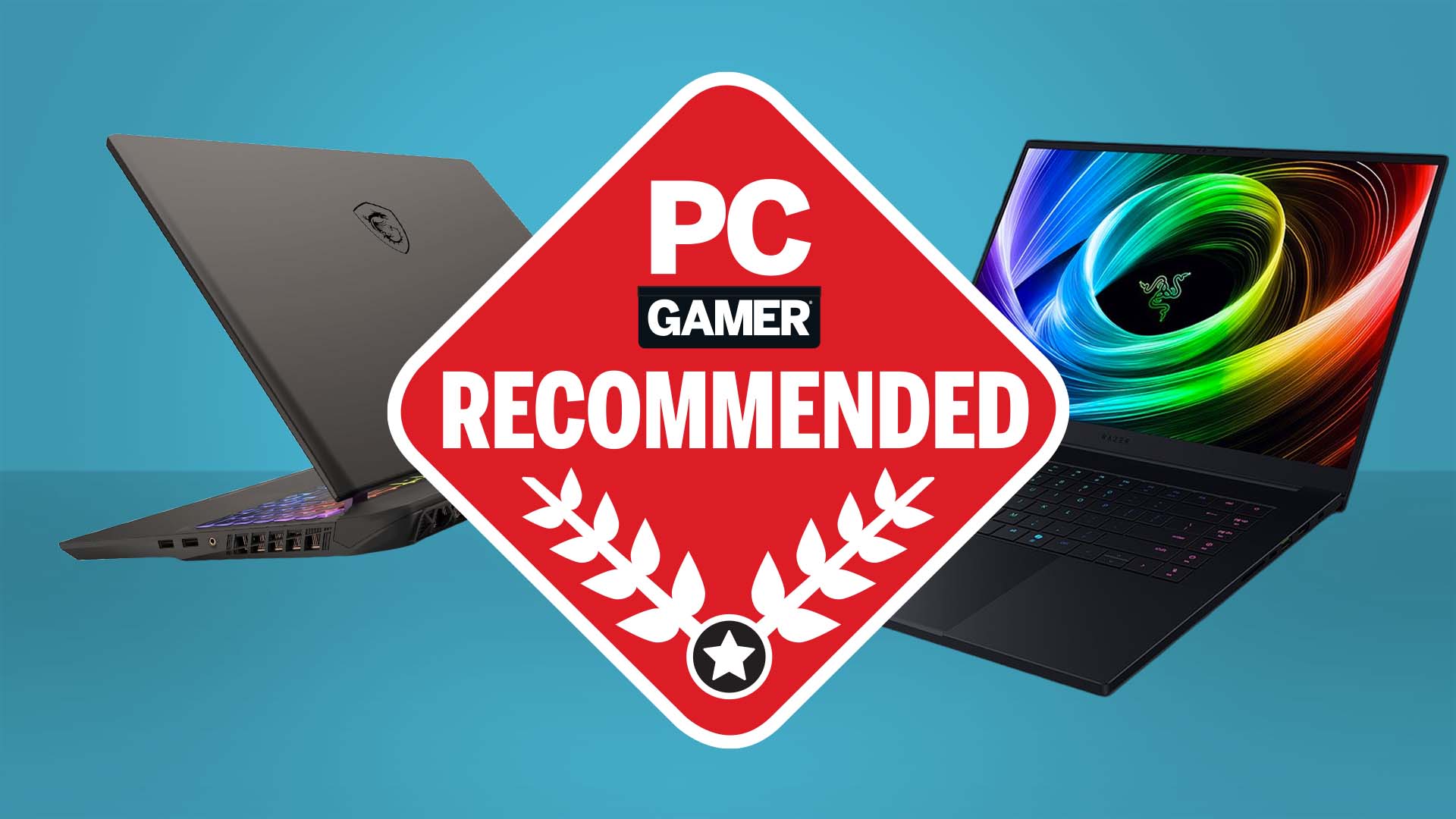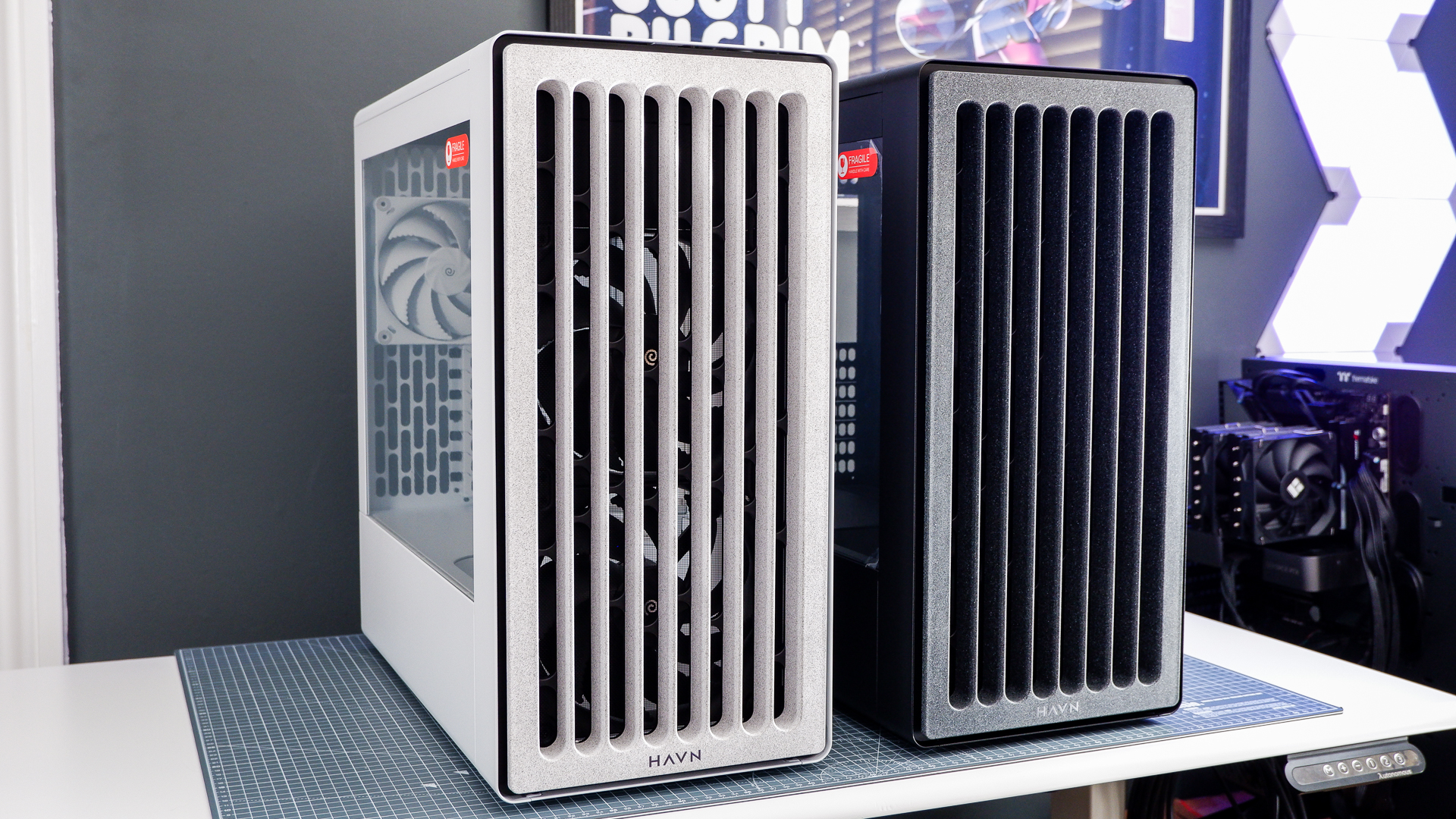Our Verdict
The Deathadder V3 Pro is single-minded in purpose and it succeeds phenomenally but only if you are a pro-level gamer. Everyone else could do with a cheaper mouse with more customisation.
For
- Excellent ergonomics
- Impeccable wireless performance
- Great sensor and tracking
- Very good battery
Against
- Seriously pricey
- Not great outside of FPSes
- Kinda generic looking
PC Gamer's got your back
With over 15 million sold since its inception, the Razer Deathadder has certainly earned its place in the best gaming mouse hall of fame and at the top of our best gaming mouse guide. There’ve been so many iterations and variants of the legendary mouse and with the newest one, the Deathadder V3 Pro, Razer isn’t really messing with a winning formula. In fact, it has doubled down on everything that earned the Deathadder its name: excellent ergonomics and pro-level performance.
Razer has taken the Deathadder to the gym, cut down the fat, shed weight, and ripped the muscles to create a lean, mean, clicking machine. The design changes are reasonably subtle but enough to offend some Deathadder diehards. Gone are the massively flared-out mouse buttons and smooth shell in favour of a slimmer, less aggressive profile that has more in common with the Viper Ultimate than previous Deathadders.
It’s still very much a right-hander's mouse thanks to the slanted curve of the mouse’s hump that leans ever so comfortably into your palm. The shell has a new micro-texture coating instead of smooth plastic. It helps keep the now 63g mouse (a 25% drop from the previous Deathadder) from flying out of your hand in the heat of battle.
The large PTFE skates on the bottom allow the Deathadder to glide across surfaces with the same grace as Natasha Romanov a.k.a Blackwidow. Even with my unconscionable habit of not using a mousepad, the V3 Pro performed beautifully on my desk. Razer says it will work just as well on those new-fangled glass mouse pads too, as long as they're at least 4mm thick.
As a clicker aimed at the highest echelon of esports professionals, Razer has put only its finest tech inside the V3 Pro. First up, it features Razer’s fastest-ever sensor: the new Focus Pro 30K Optical sensor with a 70G acceleration and a maximum speed of 750 inches per second for 99.8% accuracy. No one will play at such a ludicrous DPI but combined with a few tricks like Asymmetric cut-off, Motion sync, and Smart tracking, you’ll never claim that the mouse is why you lost that match. For the main clickers, the Deathadder gets third-generation Razer optical mouse switches with a blink-and-you’ll-miss-it 0.2ms response time and long life of 90 million clicks.
Of course, none of this matters if you have a bad connection between you and your game. Enter Razer HyperSpeed, the de facto gold standard of wireless protocols. Don’t believe me? Just ask TUV SUD PSB, a globally recognized certification institute that says HyperSpeed Wireless is three times faster than any other wireless tech.
That’s probably why the V3 Pro costs so much—to help cover the cost of that certification. Regardless, to me, there’s no distinguishable difference between using the V3 Pro wireless or wired. But if you have doubts, Razer also has a special 4,000Hz Hyperpolling dongle that you can buy as an add-on, but I reckon most folks would simply use the bundled Speedflex USB cable to assuage their latency fears.
Keep up to date with the most important stories and the best deals, as picked by the PC Gamer team.
The new Deathadder, like its predecessors, is light on buttons, having only five which is laughable compared to the 11 you'll find on the Basilisk V3. I like how chunky and accessible the side buttons are since I don’t have to awkwardly contort my thumb just to use them. I’m not too enamoured with the scroll wheel though. Sure it’s tactile with steps that are great for weapon switching in-game, but it gets very tedious to do lots of scrolling with this mouse.
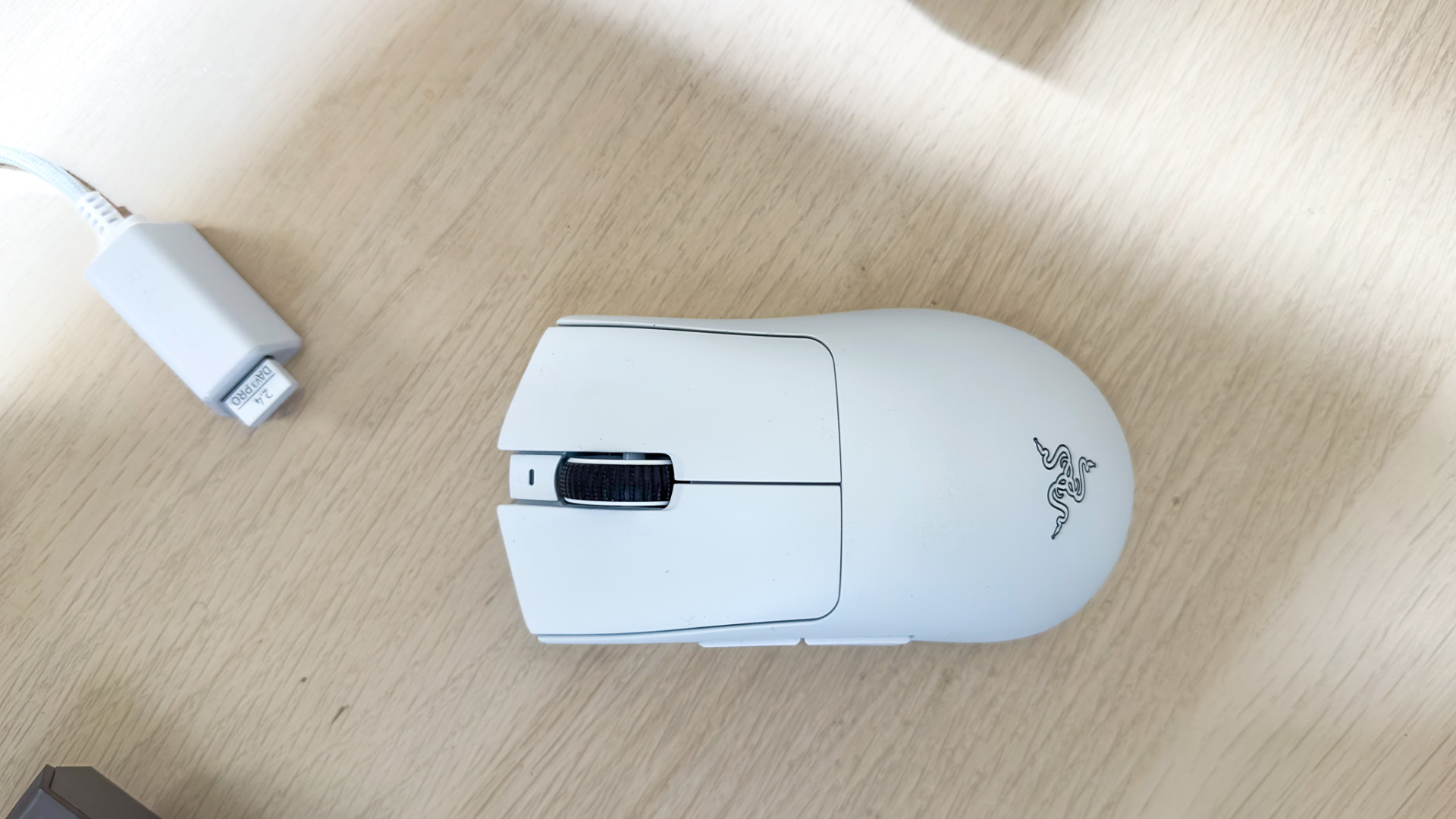
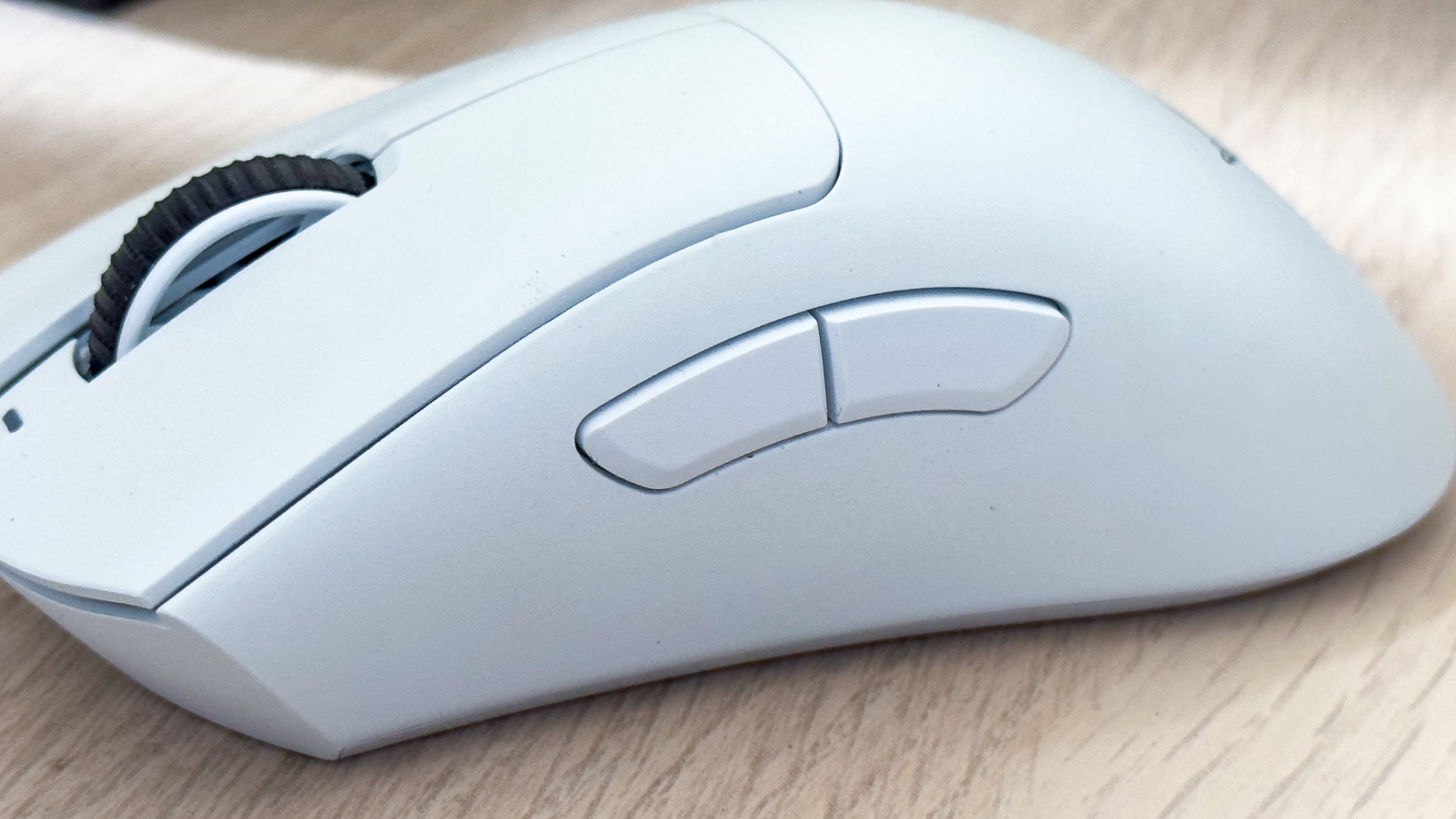

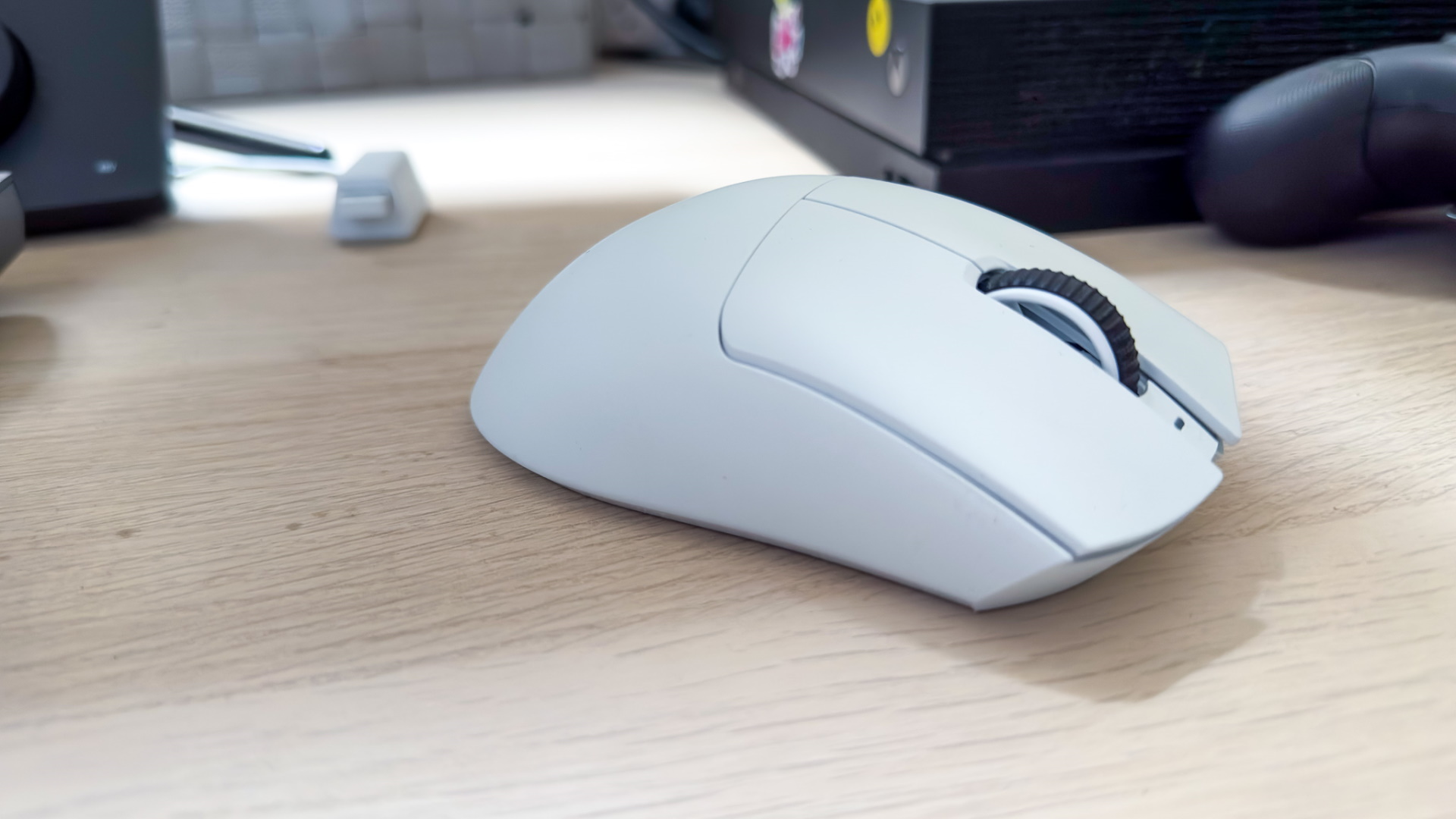
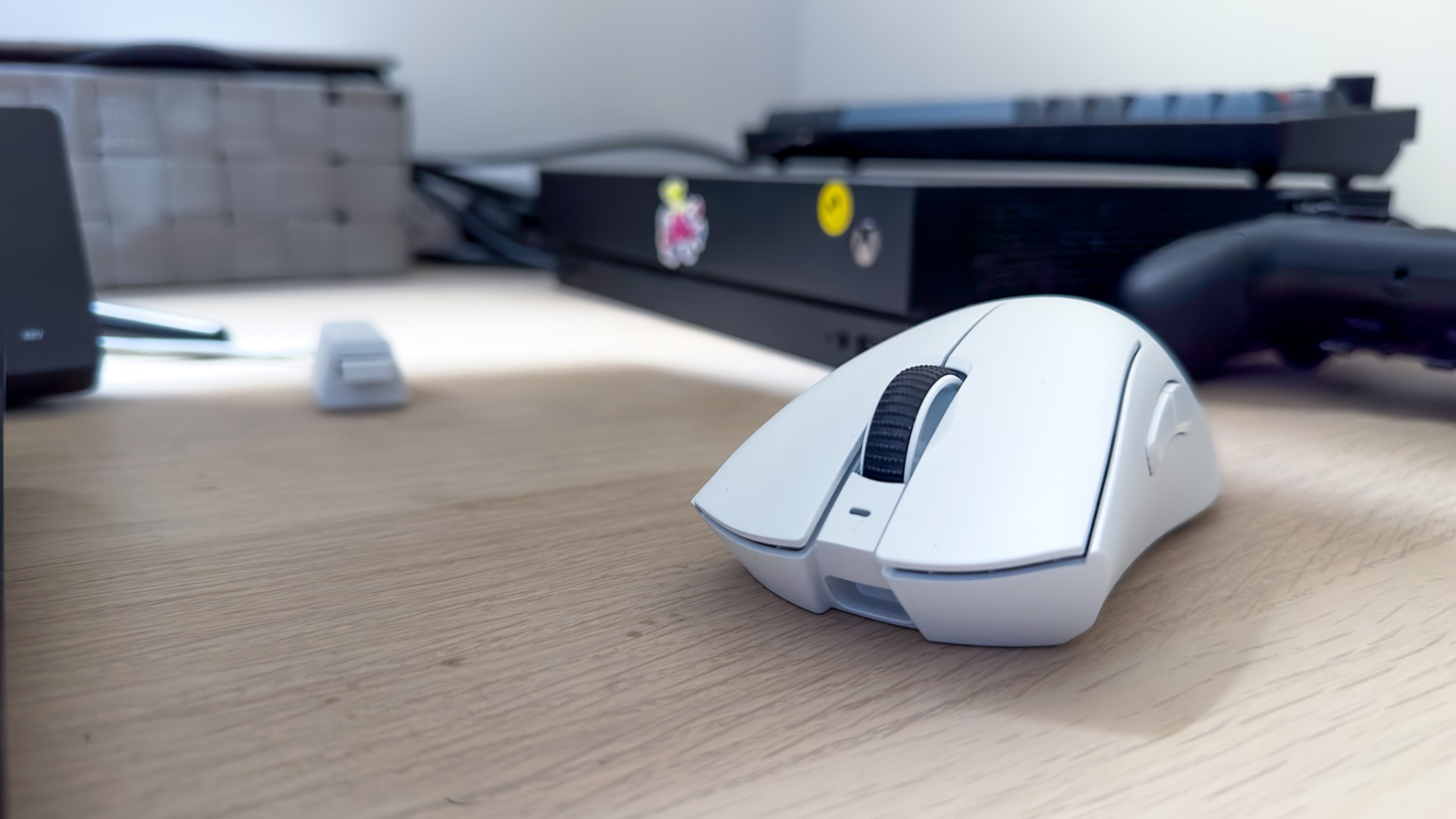
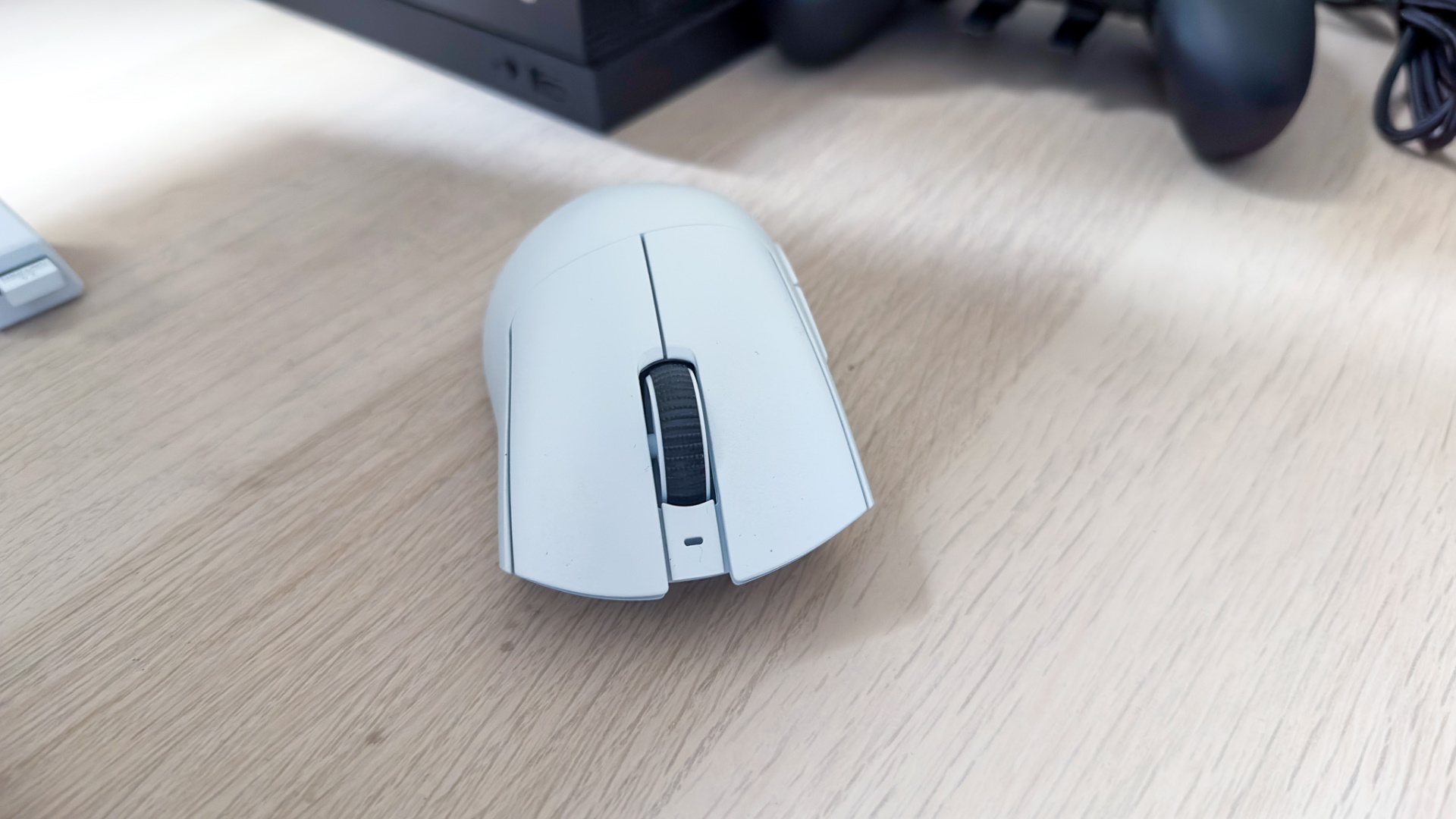
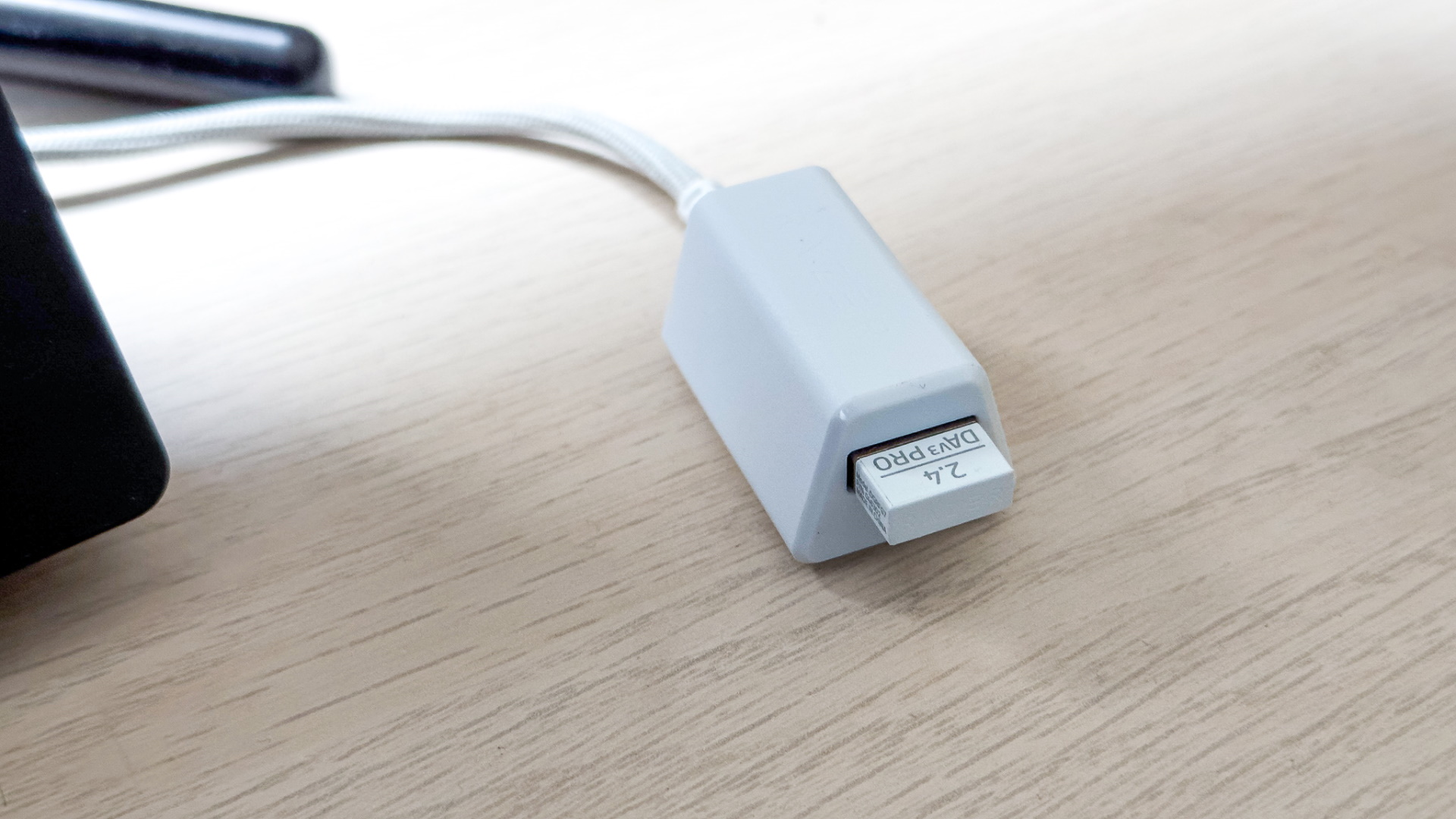

Razer’s new Hyperscroll Tilt wheel would have been welcome here. It’s little things like this and the simplicity in button configuration that works great for FPS gamers but not so much for other game genres or work. I wager more gamers are like me; we need a mouse that’s as great for Doom slaying as it is for navigating dense Excel sheets. However, if your job is playing twitch shooters, then this is just perfect.
However, there’s no denying that such simplicity has its perks. Most obviously when it comes to the battery life on the Deathadder V3 Pro. Razer claims 90 hours and since unboxing it about three weeks ago, I’ve only charged it once. I’ve been exclusively using this as my primary mouse for at least 8 hours a day. So no complaints there. It charges via USB Type-and you can keep using the mouse wired as it charges too.
The new Deathadder V3 Pro is a worthy successor to the family name. It’s fast, comfortable, has excellent battery life, and is very deadly in the right hands. Very few gamers can lay claims to such hands though. For most of us, the $149 being asked for the Deathadder V3 Pro is simply too much, and it feels somewhat akin to owning an F1 car and using it for grocery shopping and school runs. Still, if you fancy yourself an esports pro who needs a no-nonsense, hyper-focused slaying machine, the V3 Pro lives up to the legends of old.
The Deathadder V3 Pro is single-minded in purpose and it succeeds phenomenally but only if you are a pro-level gamer. Everyone else could do with a cheaper mouse with more customisation.
Kizzy is the consummate geek, with black turtleneck design sensibilities, always on the hunt for the latest, greatest, and sexiest tech. He's played Doom on the OG Pentium and still remembers how to hack a dial-a-phone. After four decades of being crazy about tech, he's literally just getting started. It's the age of the geek, baby!
